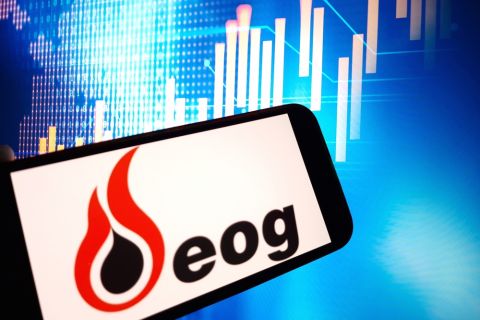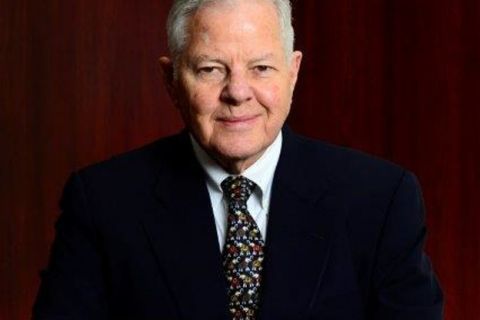Norway’s Equinor and its partners will look to replicate savings from the Arctic Johan Castberg field off Norway at Rosebank, one of the largest undeveloped oil and gas fields on the British continental shelf.
Equinor said it would make a final investment decision by 2022 on Rosebank, which it plans to develop using an FPSO vessel as at Castberg, where it managed to cut development costs to 50 billion Norwegian crowns (US$5.75 billion), about half its original estimate.
The breakeven point per barrel came down “from the mid $70s to the mid $30s...it’s a similar type of development. We will take inspiration from Johan Castberg,” said Torgrim Reitan,Equinor's head of international development and production.
Reitan also told Reuters at an industry conference in the eastern Scottish city of Aberdeen on June 4 that Equinor’s Mariner project off Britain was on track to start production in the third quarter.
And regardless of the outcome of Britain’s planned exit from the European Union, Equinor was looking to increase its portfolio in the British North Sea, he added.
The Rosebank discovery, which lies some 130 km (80 miles) northwest of the Shetland Islands, could hold more than 300 million barrels of recoverable oil, according to the estimates of its former operator Chevron.
Equinor did not give Rosebank’s likely development costs, but energy consultancy Wood Mackenzie last year estimated they would total more than $6 billion.
Equinor and Suncor Energy have each 40% interest in Rosebank, while Siccar Point Energy has the remaining 20%.
The Norwegian firm bought its stake from Chevron last year as the U.S. oil major focuses on developing its shale assets.
Recommended Reading
Matador Resources Announces Quarterly Cash Dividend
2024-04-18 - Matador Resources’ dividend is payable on June 7 to shareholders of record by May 17.
The OGInterview: Petrie Partners a Big Deal Among Investment Banks
2024-02-01 - In this OGInterview, Hart Energy's Chris Mathews sat down with Petrie Partners—perhaps not the biggest or flashiest investment bank around, but after over two decades, the firm has been around the block more than most.
Kimmeridge Fast Forwards on SilverBow with Takeover Bid
2024-03-13 - Investment firm Kimmeridge Energy Management, which first asked for additional SilverBow Resources board seats, has followed up with a buyout offer. A deal would make a nearly 1 Bcfe/d Eagle Ford pureplay.
The One Where EOG’s Stock Tanked
2024-02-23 - A rare earnings miss pushed the wildcatter’s stock down as much as 6%, while larger and smaller peers’ share prices were mostly unchanged. One analyst asked if EOG is like Narcissus.
73-year Wildcatter Herbert Hunt, 95, Passes Away
2024-04-12 - Industry leader Herbert Hunt was instrumental in dual-lateral development, opening the North Sea to oil and gas development and discovering Libya’s Sarir Field.





